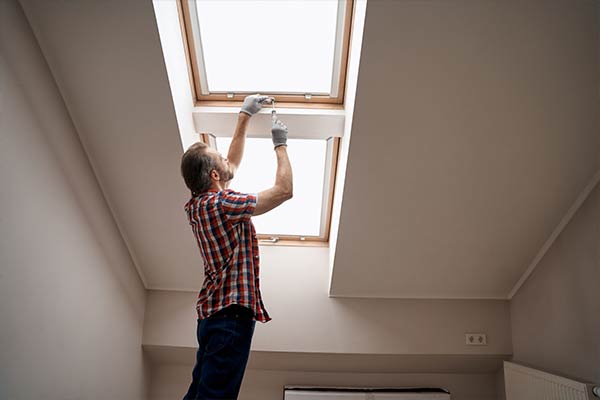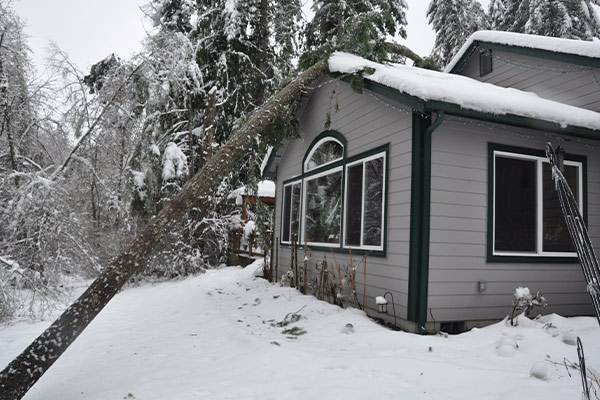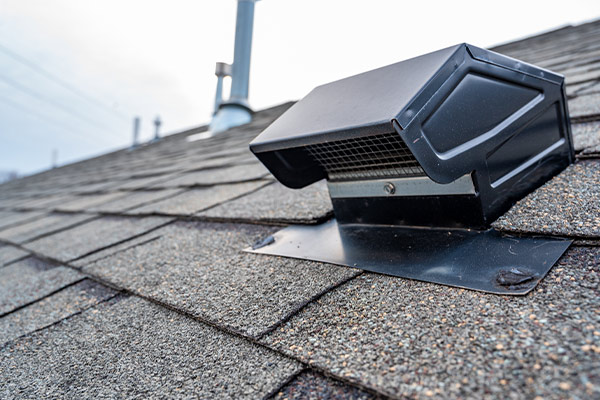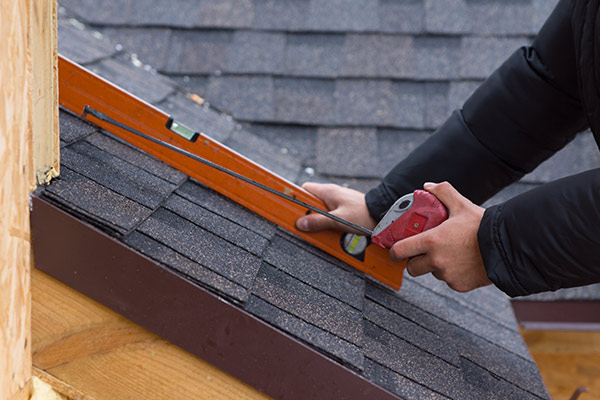Table of Contents
ToggleStruggling with a leaking or outdated skylight? This skylight replacement guide covers assessing damage, installation steps, costs, and more. Learn how to upgrade your home efficiently and effectively.
Key Takeaways
- Skylight replacement enhances natural light, eliminates leaks and drafts, and requires careful assessment of existing conditions.
- Choosing the right skylight involves understanding different types, materials, and energy-efficient features to meet home requirements.
- Professional installation is recommended for reliability and compliance with building codes, while DIY poses risks of improper sealing and potential damage.
Understanding Skylight Replacement
Replacing a skylight goes beyond simply swapping out an old window for a new one. It involves a series of steps that ensure the new skylight is properly installed to enhance natural light flow and maintain the integrity of your roof. Skylight replacement can address common issues such as leaks, drafts, and outdated models, providing a more sustainable and long-term solution compared to simple repairs.
One of the primary reasons to replace a skylight is to eliminate leaks and drafts, which can lead to further damage if left unaddressed. Installing a new skylight significantly enhances natural light distribution, reducing reliance on artificial lighting and creating a more pleasant living environment.
Understanding the costs, installation process, and available options is crucial before starting the skylight replacement process. This knowledge will help you make an informed decision that aligns with your budget and long-term goals.
Now, let’s get into the detailed steps involved in skylight replacement, from assessing your existing skylight to sealing and insulating your new installation.
Assessing the Existing Skylight
The first step in the skylight replacement process is to assess the existing skylight. Look for signs such as:
- leaks
- cracks
- drafts
- dampness
- discoloration
- mold growth These issues indicate that replacement is necessary. Small cracks can lead to water leaks and structural complications over time, so regular inspections help catch problems early.
Additionally, measuring the skylight opening accurately is crucial to ensure that the new skylight fits properly.
Removing the Old Skylight
Safety first! Before you start removing the old skylight, make sure to wear safety goggles and gloves to protect yourself from debris and sharp edges.
Start by removing any existing seals and flashing around the skylight’s perimeter to avoid damaging the roof during removal. Carefully lift the old skylight out of its frame, ensuring not to damage the surrounding roofing material.
Once the skylight is removed, thoroughly clean the opening to eliminate any debris, dirt, or old sealant, ensuring a proper fit for the new skylight.
Preparing the Roof Opening
Preparing the roof opening is vital for a successful skylight installation. This involves:
- Resizing or reinforcing the opening if necessary
- Ensuring that the roofing materials are sound
- Making sure the roof opening is level and free of debris to facilitate a smooth installation.
Additionally, carefully detach any surrounding flashing to avoid damaging the roof.
Installing the New Skylight
Once the roof opening is prepared, it’s time to install the new skylight. Follow these steps:
- Fit the skylight into the opening and secure it to the frame using screws.
- Install the flashing around the skylight to redirect water away.
- Apply waterproofing materials to prevent leaks.
This step guarantees the skylight is properly installed and protected from water damage.
Sealing and Insulating
Sealing and insulating the skylight frame are crucial for enhancing energy efficiency and preventing drafts. Proper insulation around the skylight helps maintain a cozy indoor environment during winter and minimizes energy loss.
After installing insulation, check for gaps or weak points and use weather-resistant sealants to enhance the skylight’s longevity and efficiency.
Choosing the Right Skylight
Selecting the right skylight for your home involves considering various types, each with unique benefits. Skylights can significantly improve lighting, ventilation, and overall ambiance, making them a valuable addition to any home. Browsing different selections and scheduling a consultation can help you better understand which options best meet your needs.
There are several types of skylights available, including:
- Fixed skylights: Non-ventilating and ideal for spaces where additional natural light is desired without the need for ventilation.
- Vented skylights: Provide improved ventilation and temperature regulation.
- Tubular skylights: Designed for smaller spaces and bring in natural light where traditional skylights may not fit.
Each type serves different purposes and offers distinct advantages.
Consider the specific needs of your home, the quality of the skylight, and the features it offers when choosing the right skylight. Whether you need a skylight for enhanced lighting or better ventilation, understanding these options will help you make the best choice for your living spaces.
Fixed Skylights
Fixed skylights are a popular choice for homeowners looking to add natural light to their living spaces without the need for additional ventilation. These velux skylights are non-ventilating and mounted directly on the roof, providing a low-maintenance and budget-friendly option.
They are ideal for interior space like living rooms or hallways, where natural light can significantly enhance the ambiance of the ceiling.
Vented Skylights
Vented skylights are designed to improve ventilation and temperature regulation in your home. They can be operated manually, electrically, or even via solar power, providing flexibility in usage.
Some vented skylights feature rain sensors that automatically close the window during bad weather, ensuring your home stays dry and comfortable.
Tubular Skylights
Tubular skylights, also known as sun tunnels, are perfect for bringing natural light into smaller spaces such as hallways, closets, or bathrooms. Their compact design allows them to fit into constrained areas without compromising on light delivery.
Additionally, tubular skylights are often simpler and less labor-intensive to install compared to traditional skylights, making them a cost-effective option.
Material Options for Skylights
When choosing a skylight, the materials used can significantly impact its performance, durability, and energy efficiency. Factors like energy efficiency, maintenance, and durability should be considered when selecting skylight materials. The right material choice can enhance the longevity and performance of your skylight, ensuring it meets your needs for years to come.
Skylights are available in various materials, each offering different benefits. For example, Sun-Tek Extreme Weather Skylights are designed for harsh weather conditions, offering better protection against severe storms and enhancing durability. The sturdy design of these skylights contributes to their long lifespan, making them a reliable choice for homeowners.
Knowing the material options available will help you choose a skylight that looks great, performs well, and stands the test of time.
Glass vs. Plastic Skylights
Glass skylights, particularly those made from tempered or laminated glass, are recommended for their safety and durability. Laminated glass also provides noise reduction benefits, improving overall comfort. In contrast, plastic skylights may suffer from discoloration and offer lower insulation compared to glass.
Glass skylights provide better clarity and insulation, making them the preferred choice for most homeowners, reducing glare.
Framing Materials
The framing material of a skylight can affect its overall performance and aesthetic appeal. Wood frames are known for their classic look but require maintenance to prevent warping or rot. Aluminum frames are known for being lightweight and economical. However, they may fall short in offering optimal insulation.
Vinyl frames offer better energy efficiency and moisture resistance, making them a reliable choice for many homeowners. Hybrid frames combine wood and aluminum, providing the aesthetic appeal of wood with the strength of aluminum.
Energy-Efficient Features
Modern skylights come with various energy-efficient features that enhance their performance. Low-E coatings are essential for blocking UV rays, reducing heat gain, and improving insulation. Triple pane glass offers superior insulation compared to single or double panes, further reducing energy loss.
Monitoring energy bills can help identify inefficient skylights that may need replacement, ensuring your skylight contributes to overall energy efficiency.
Factors Influencing Skylight Replacement Costs
Several factors influence the cost of replacing a skylight, making it essential to understand these variables to budget effectively:
- The slope and material of your roof, which significantly affect the complexity of the skylight installation and the associated labor costs.
- Custom skylights, which typically increase costs due to production and installation complexity.
- Standard size skylights, which are less expensive and reduce labor costs.
- Structural reinforcements or repairs, which can increase installation costs when replacing a skylight.
The type of skylight you choose can also impact costs. For example, vented skylights that come with motorized options can increase the total cost. This addition may range from $200 to $500. Homeowners should think about their budget when planning for a skylight replacement. Additionally, they should consider their long-term goals as well.
Understanding these factors will help you make an informed decision and ensure you choose the right skylight that fits your budget and meets your needs.
Roof Type
The type of roof you have plays a significant role in determining the difficulty, labor costs, and installation time for a skylight. Flat or low-sloped roofs are easier to work on for skylight installation. Additionally, they are less expensive to install skylights on. In contrast, steeply pitched roofs require additional safety precautions and equipment, which can increase the overall installation costs.
Asphalt shingles are the most common and easiest type of roof to work with, while modifications to the roof for skylight installation can increase total costs due to additional labor and materials.
Skylight Size and Shape
The size and shape of the skylight you choose can greatly affect the cost of installation. Adjusting the size of a skylight opening may incur additional framing costs, ranging from $200 to $600. Additionally, the cost range for glass skylights varies between $300 to $1,200, depending on the size and complexity.
When adjusting the size or shape of a new skylight, professional consultation is necessary to ensure structural soundness and proper installation.
Additional Repairs
When considering skylight replacement, it’s important to be aware that there may be additional costs associated with repairing any existing roof damage. Existing damage on the roof may necessitate repairs before proceeding with skylight installation, which can add to total costs.
Addressing these repairs beforehand ensures the new skylight is installed securely and functions properly without causing further repair issues.
Professional Installation vs. DIY
When it comes to skylight installation, homeowners often face the decision of whether to hire professional installers or attempt a DIY installation. Each option has its own set of advantages and risks. DIY skylight installation can lead to costly mistakes and potential safety hazards. On the other hand, professional installation offers many benefits, including expertise, warranty protection, and long-term reliability.
Hiring professional installers provides homeowners with several benefits:
- Assurance that the skylight will be installed correctly and efficiently.
- Warranty protection that covers potential issues arising from the installation.
- Ensuring compliance with local building codes and industry standards.
- Contributing to the safe and reliable installation of skylights.
However, DIY installation carries significant risks, including:
- Improper sealing or damage to the roof, which can lead to significant issues such as leaks or heat loss.
- The need for extra precautions and additional equipment when installing skylights on steeply pitched roofs to ensure safety.
- Mistakes during DIY installation that can void warranties, potentially costing more in the long run if repairs are necessary.
Benefits of Hiring Professional Installers
Hiring professional installers offers many benefits, such as expertise, warranty protection, and long-term reliability. Professional contractors possess the necessary expertise to ensure that skylights are installed correctly and efficiently, providing homeowners with peace of mind and assurance.
With professional installation, you also benefit from warranty protection that covers potential issues arising from the installation. Professional installers also ensure compliance with local building codes and industry standards, contributing to the safe and reliable installation of skylights.
Risks of DIY Skylight Installation
DIY skylight installation carries significant risks, including:
- Improper sealing or damage to the roof, which can lead to leaks or heat loss.
- The need for extra precautions and additional equipment when installing skylights on steeply pitched roofs to ensure safety.
- Greater care required when working on tile or slate roofs to avoid cracking or breaking the tiles.
Mistakes during DIY installation can void warranties, costing more in the long run if repairs are necessary.
Maintenance Tips for New Skylights
Regular maintenance ensures the longevity and performance of your new skylight. Key points to consider include:
- Skylights can last between 15 to 30 years with proper maintenance and design.
- Leaving skylight issues unaddressed can result in serious problems, such as mold growth.
- Using waterproofing materials around the frame can significantly increase water resistance around a new skylight.
Proper maintenance involves:
- Regular cleaning to keep the skylight glass clear and allow maximum light penetration.
- Inspecting seals and flashing annually to help prevent leaks and water damage.
- Addressing condensation issues promptly to prevent further damage and mold growth.
Regular Cleaning
Regular cleaning is crucial for maintaining your skylight’s clarity and performance. Use a mixture of mild soap and water to clean the skylight glass. For high, out-of-reach skylights, a window cleaning pole can facilitate easier access during cleaning.
Regular cleaning ensures that your skylight continues to provide ample natural light and enhances the overall ambiance of your living spaces.
Inspecting Seals and Flashing
Annual inspection of the seals and flashing around your skylight is vital to prevent leaks and water damage. Conducting regular inspections helps ensure that the seals and flashing remain intact and effectively waterproof.
Addressing any issues promptly can prevent potential leaks and air drafts, maintaining the energy efficiency and performance of your skylight.
Addressing Condensation
Condensation between skylight panes indicates a failed seal. This issue can lead to further damage and mold growth if not addressed promptly. Excessive moisture on skylights can also cause insulation issues and mold if not managed.
During colder months, condensation can form due to the circulation of warm air and heat transfer, so it’s essential to manage it effectively to maintain the performance and durability of your skylight.
Why Choose Roofs R Us in Blaine, MN
Roofs R Us guarantees high-quality installation and customer satisfaction for your replacement skylights. With an experienced team specialized in skylight replaced, Roofs R Us guarantees the use of top-grade materials to enhance the durability and efficiency of their skylight installations.
They offer free consultations to help homeowners decide on the best skylight options for their specific needs. Additionally, Roofs R Us provides comprehensive warranties on their skylight replacement services, giving customers peace of mind with their investment.
Known for their competitive pricing, Roofs R Us makes skylight replacement more accessible for homeowners in Blaine.
